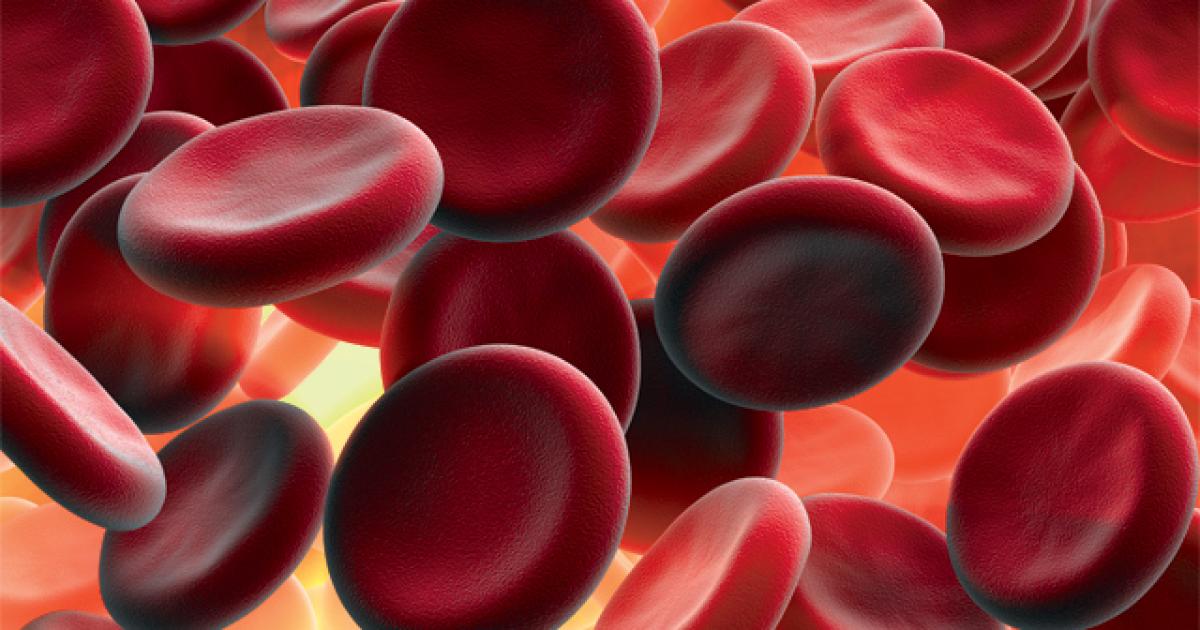What Causes A Subarachnoid Hemorrhage?
Bleeding Disorders

Bleeding disorders are conditions that cause abnormalities in how the blood clots, and these disorders may raise an individual's risk of a subarachnoid hemorrhage. Most bleeding disorders are inherited, and some may develop in patients who have a low red blood cell count or vitamin K deficiency. The easy, excessive bleeding that characterizes bleeding disorders can also be a side effect of anticoagulants. Symptoms of bleeding abnormalities may include easy bruising, frequent nosebleeds, excessive bleeding after a minor cut, bleeding into the joints, and heavy menstrual periods. Doctors perform complete blood counts, bleeding time tests, and platelet aggregation tests to investigate bleeding problems. Depending on the exact cause of a patient's bleeding disorder, treatment options could include iron supplements, blood transfusions, topical treatments, or nasal sprays.
Get more details on causes and risk factors linked to developing a subarachnoid hemorrhage now.
Blood-Thinning Medication

Blood-thinning medication is designed to prevent blood clots, and it can be taken intravenously or orally. Blood thinners are commonly prescribed to treat cardiovascular disease and prevent the formation of a blood clot that could trigger a heart attack or stroke. They could also, however, raise a patient's risk of a brain hemorrhage. Medicines that thin the blood by preventing blood cells from sticking together in veins and arteries are called antiplatelet medicines, and those that work by increasing blood clotting time are known as anticoagulants. Some of the most widely used antiplatelet drugs include acetylsalicylic acid (Aspirin) and clopidogrel, and dabigatran, rivaroxaban, heparin, and warfarin are commonly prescribed anticoagulants.
Potential side effects of blood thinners include nosebleeds, bleeding gums, heavy periods, and easy bruising. Some patients may also experience dizziness, muscle weakness, hair loss, and skin rashes. Individuals who take blood thinners might be advised by their healthcare team to avoid contact sports. Precautions should be taken when handling scissors, knives, or yard equipment, and patients should let their dentist know they are taking blood thinners before having their teeth cleaned.
Learn more about what can cause a subarachnoid hemorrhage now.
